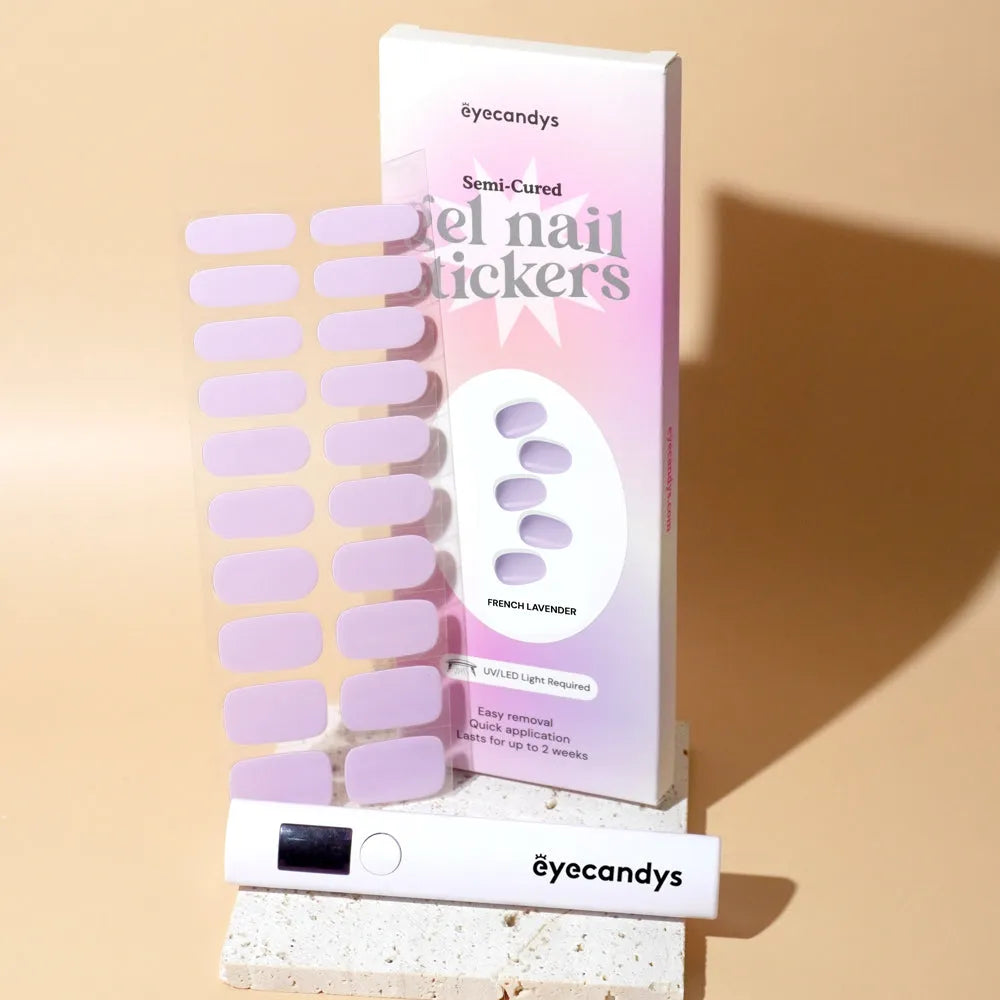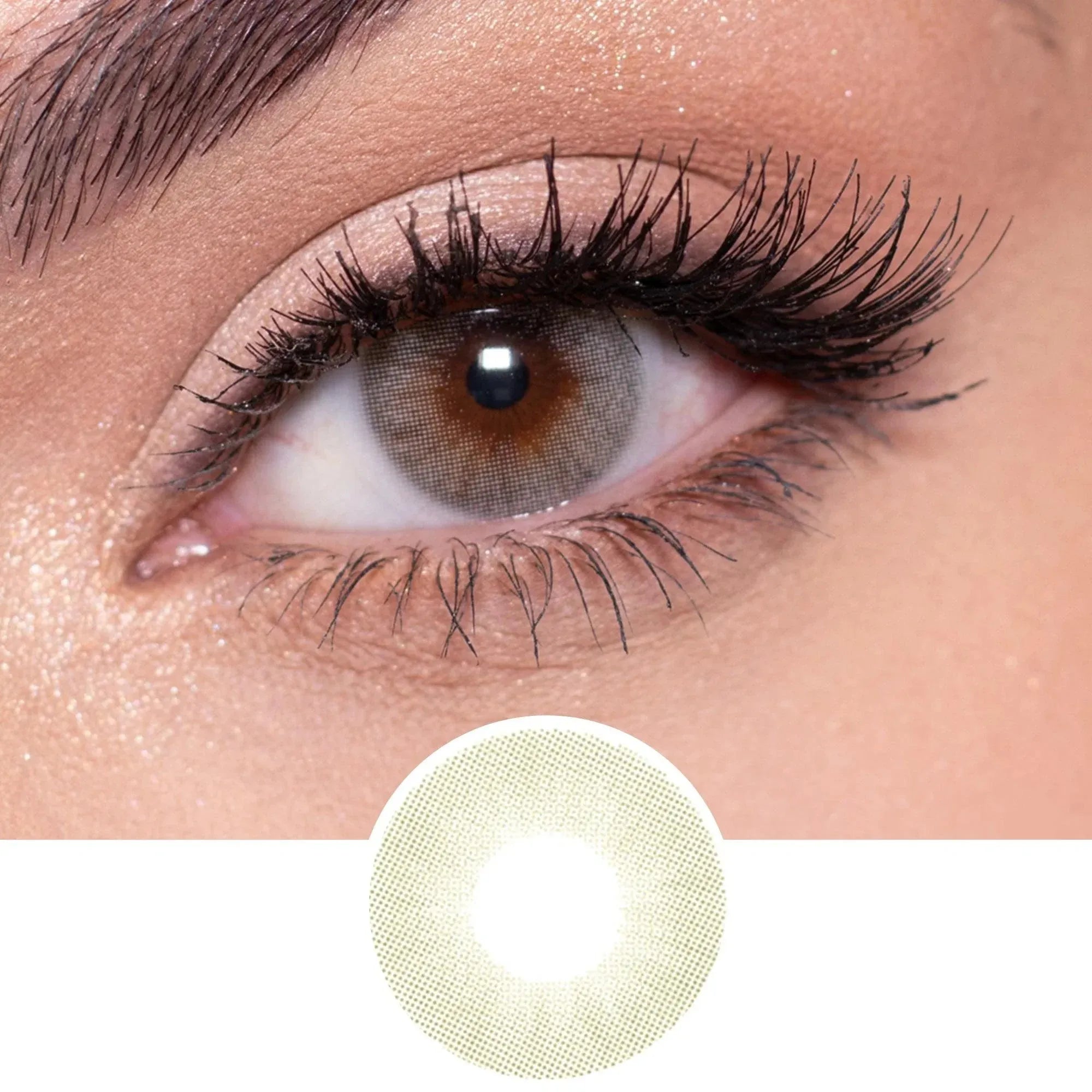Introduction
Colored contact lenses have gained immense popularity not only for their ability to correct vision but also for their cosmetic appeal. They allow wearers to change their eye color, enhance their natural look, and experiment with different styles. A common question among potential users is whether colored contacts are more expensive than regular contacts. This article delves into the factors affecting the cost of colored contacts and provides a detailed comparison to help you make an informed decision.
Factors Affecting the Cost of Colored Contacts
Manufacturing Process
The production of colored contacts is more complex than that of regular contacts. These lenses incorporate additional layers of color to achieve the desired effect, which requires more intricate manufacturing techniques. This added complexity can increase the cost of production, contributing to the higher price of colored contacts.
Material and Technology
Colored contact lenses often use advanced materials and technologies to ensure they are safe, comfortable, and visually appealing. For instance, they may include UV protection, moisture retention properties, and high oxygen permeability to keep the eyes healthy and hydrated. These features can add to the overall cost compared to regular contacts.
Prescription vs. Non-Prescription
The cost of colored contacts can vary depending on whether they are prescription or non-prescription. Prescription colored contacts are custom-made to correct vision issues, adding to their cost. Non-prescription lenses, while still more expensive than regular non-prescription lenses, generally cost less than their prescription counterparts.
Comparison with Regular Contact Lenses
Base Prices
On average, colored contacts tend to be more expensive than regular contact lenses. This price difference can be attributed to the additional manufacturing steps and the use of specialized materials and technologies. For example, a pack of colored contacts from a reputable brand can cost between $30 to $60, whereas regular contact lenses might range from $20 to $40.
Additional Costs
Beyond the initial purchase price, there are ongoing costs associated with maintaining contact lenses. Both colored and regular lenses require cleaning solutions and cases, but colored lenses may need specific solutions to preserve their color and quality. Additionally, the frequency of replacement can impact the total cost over time, with colored lenses often requiring more frequent replacement.
Reasons for the Price Difference
Aesthetic Value
Colored contacts provide an added aesthetic value that regular contacts do not. The ability to change eye color and enhance natural beauty is a significant factor driving the higher price. This cosmetic appeal justifies the additional cost for many users who seek to achieve a specific look or style.
Market Factors
Market trends and consumer preferences also play a role in the pricing of colored contacts. High demand for natural-looking and high-quality colored lenses can drive prices up. Additionally, brand reputation and marketing efforts can influence the cost, with premium brands often charging more for their products.
Cost-Effective Alternatives
Generic and Store Brands
For those seeking more affordable options, generic and store-brand colored contacts can offer a cost-effective alternative. These lenses are often produced with similar quality but at a lower price point compared to premium brands.
Promotions and Discounts
Taking advantage of promotions, seasonal sales, bulk purchase discounts, and subscription services can significantly reduce the cost of colored contacts. Keeping an eye out for deals can help make these lenses more accessible and affordable.
In conclusion, colored contacts are generally more expensive than regular contact lenses due to the added complexity in their manufacturing process, the advanced materials and technologies used, and their aesthetic value. However, the higher price is often justified by the unique benefits they offer, including the ability to change eye color and enhance appearance. By exploring cost-effective alternatives and taking advantage of promotions, users can enjoy the benefits of colored contacts without breaking the bank.











